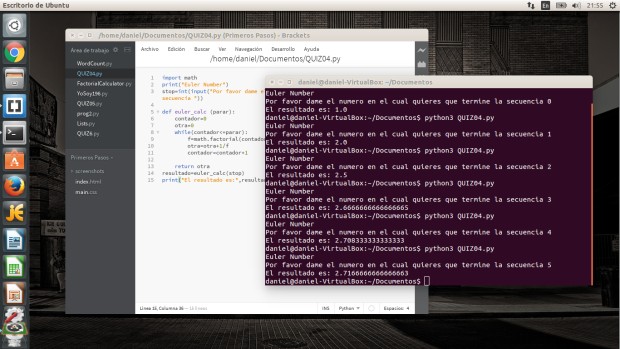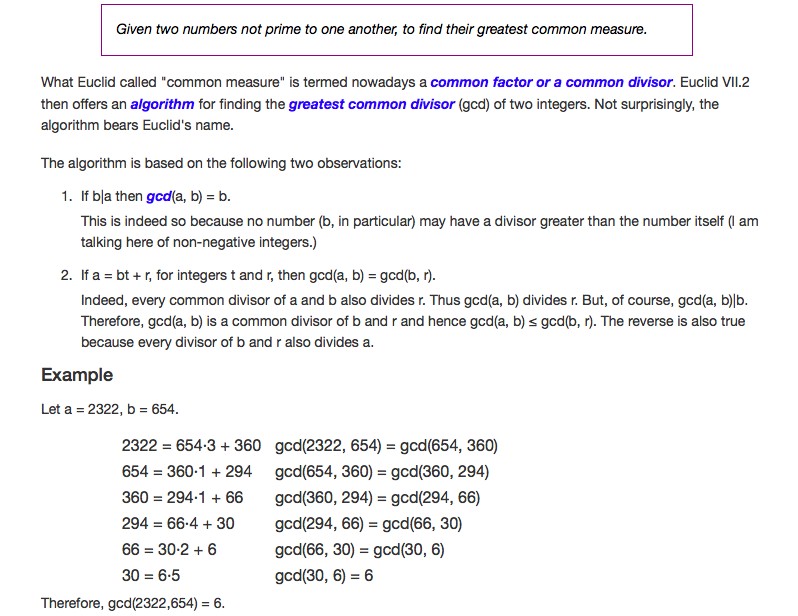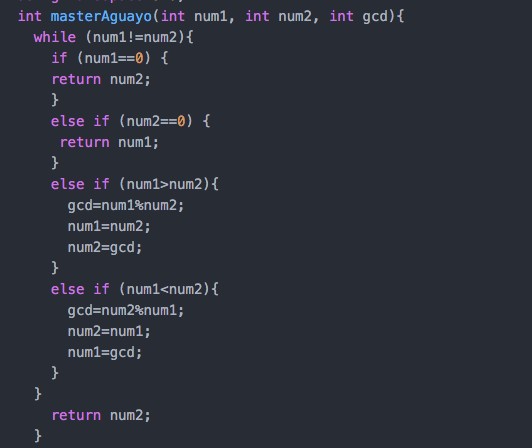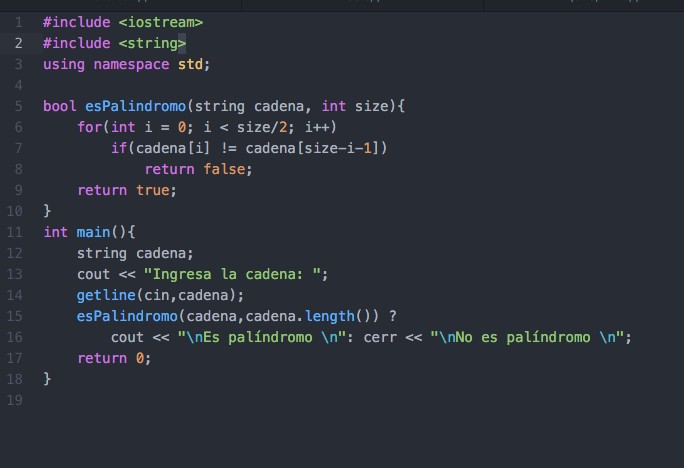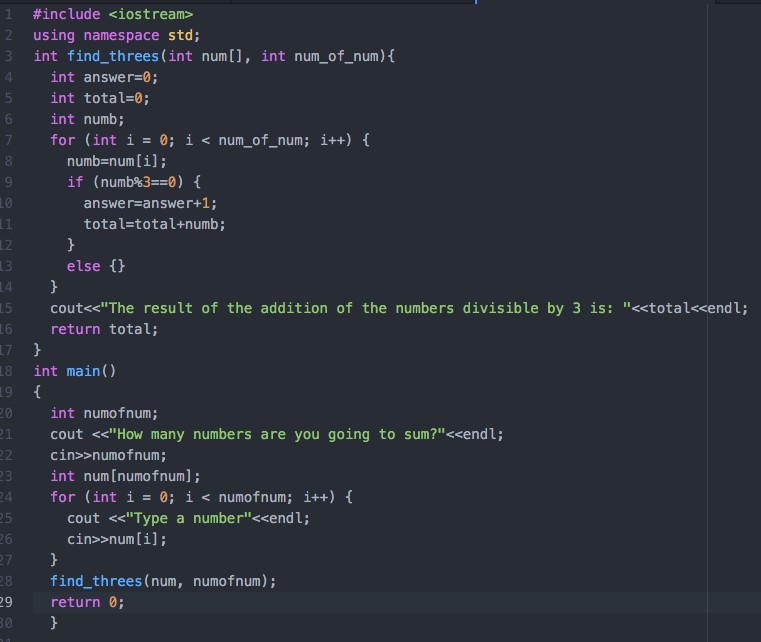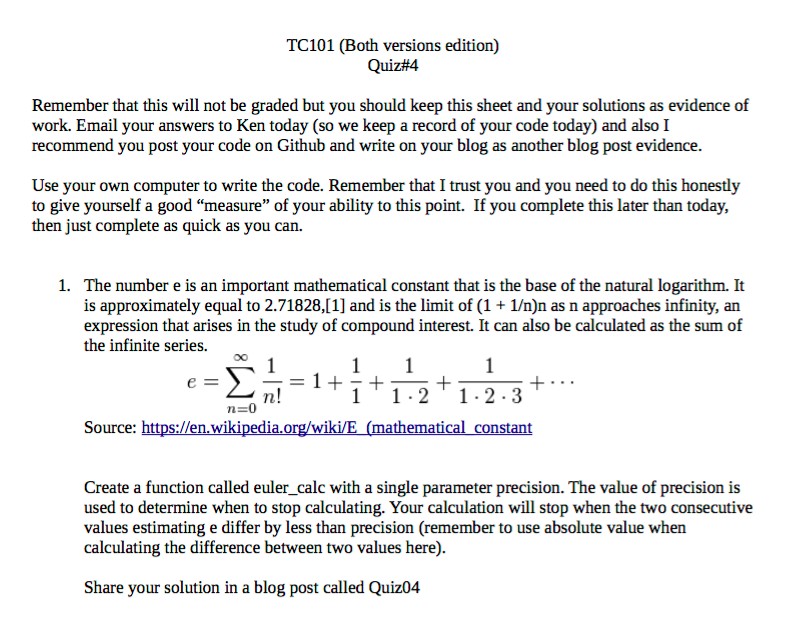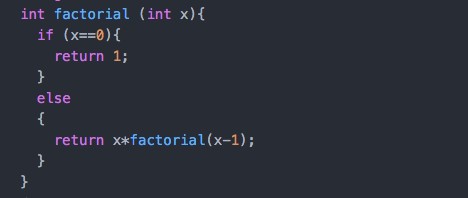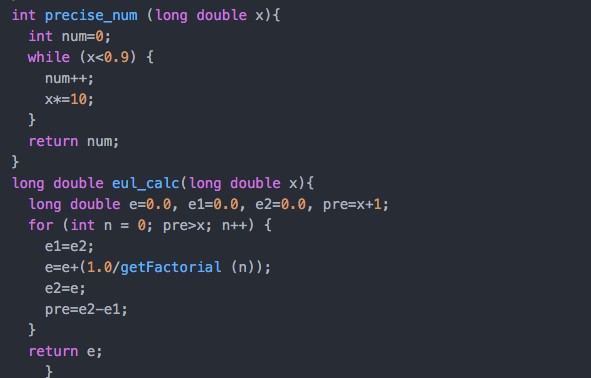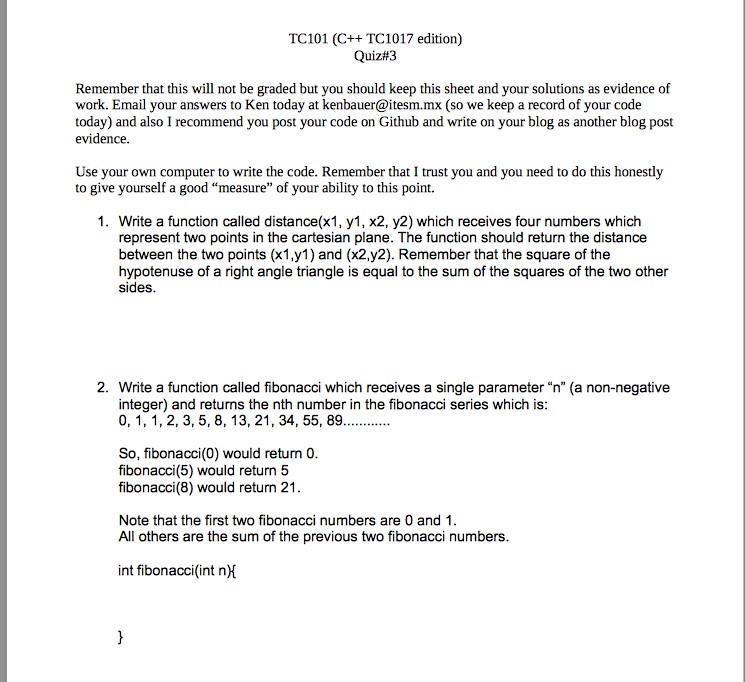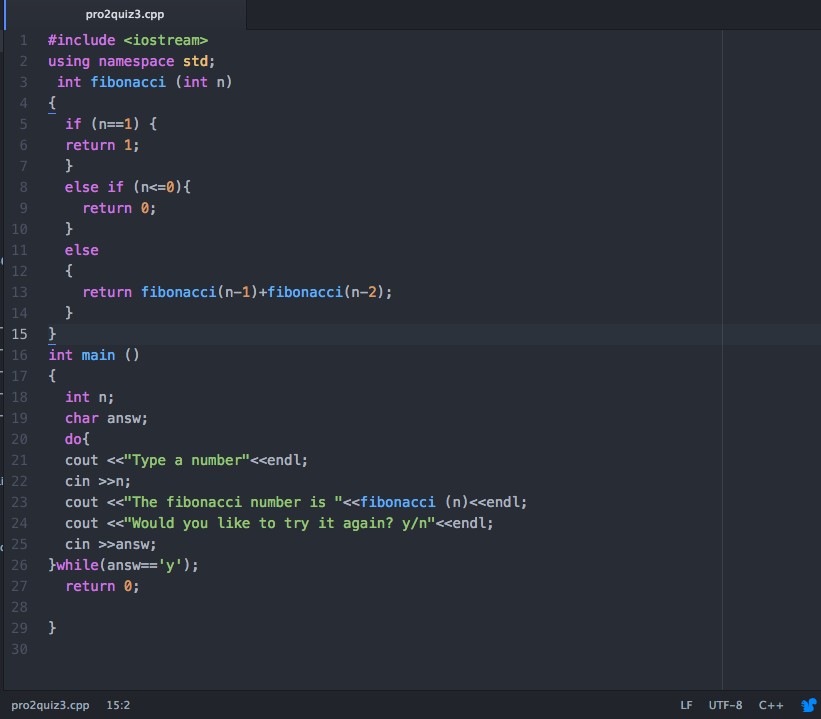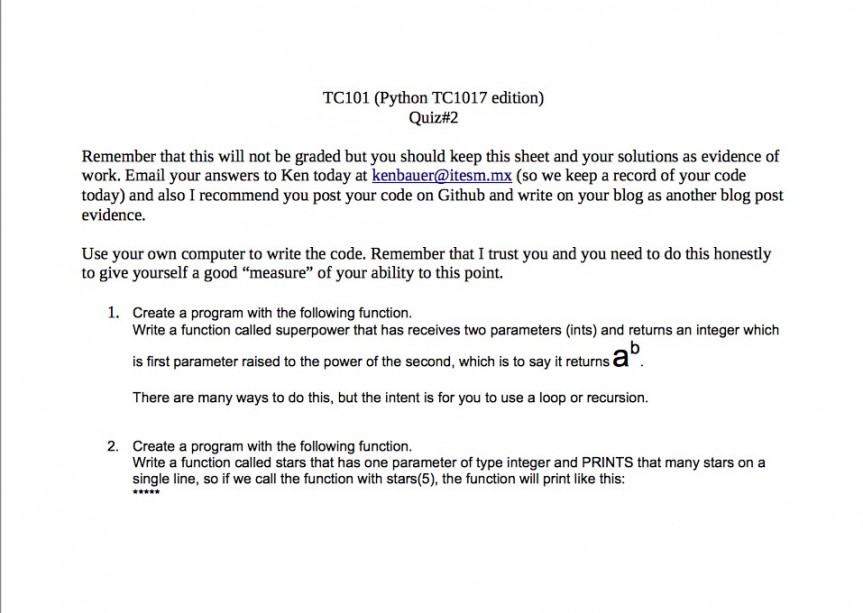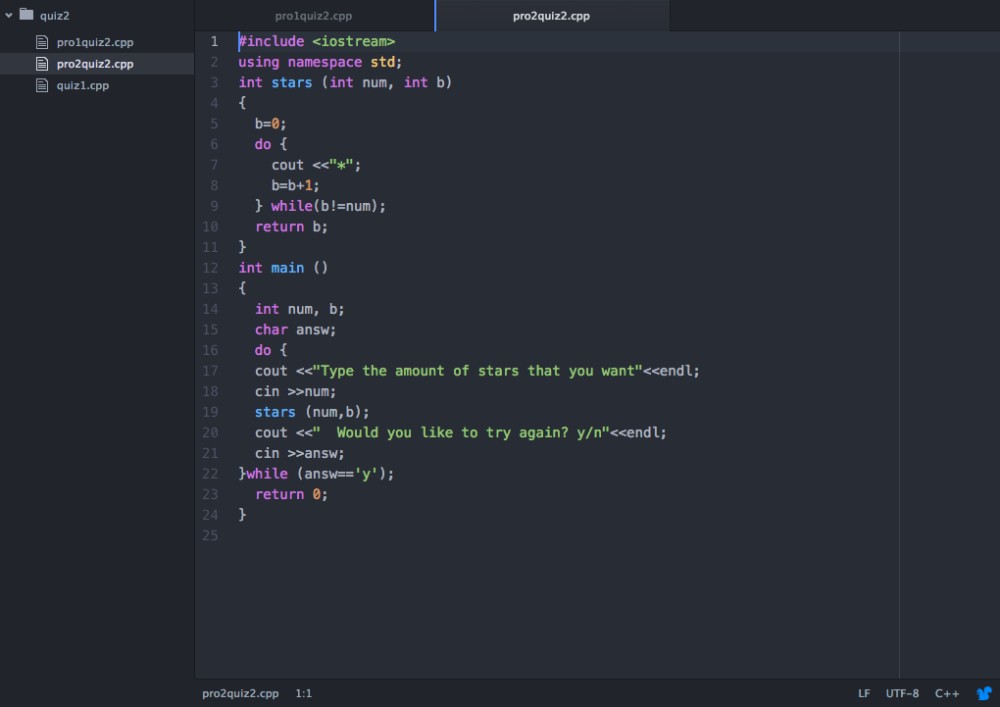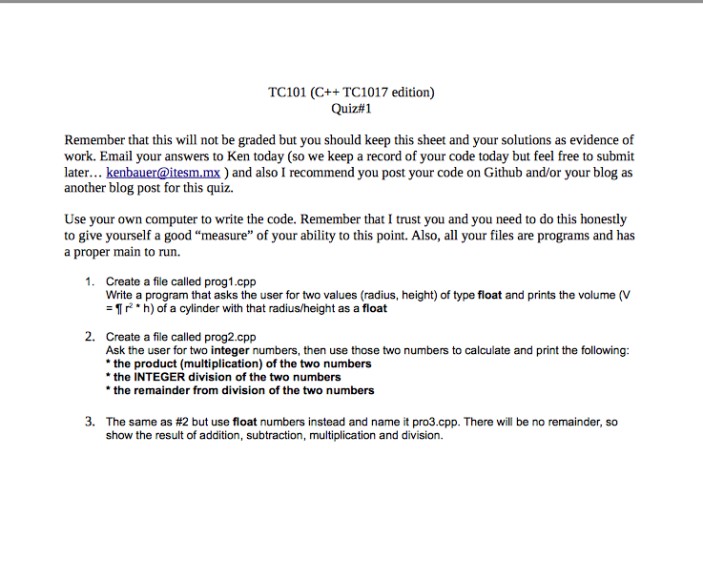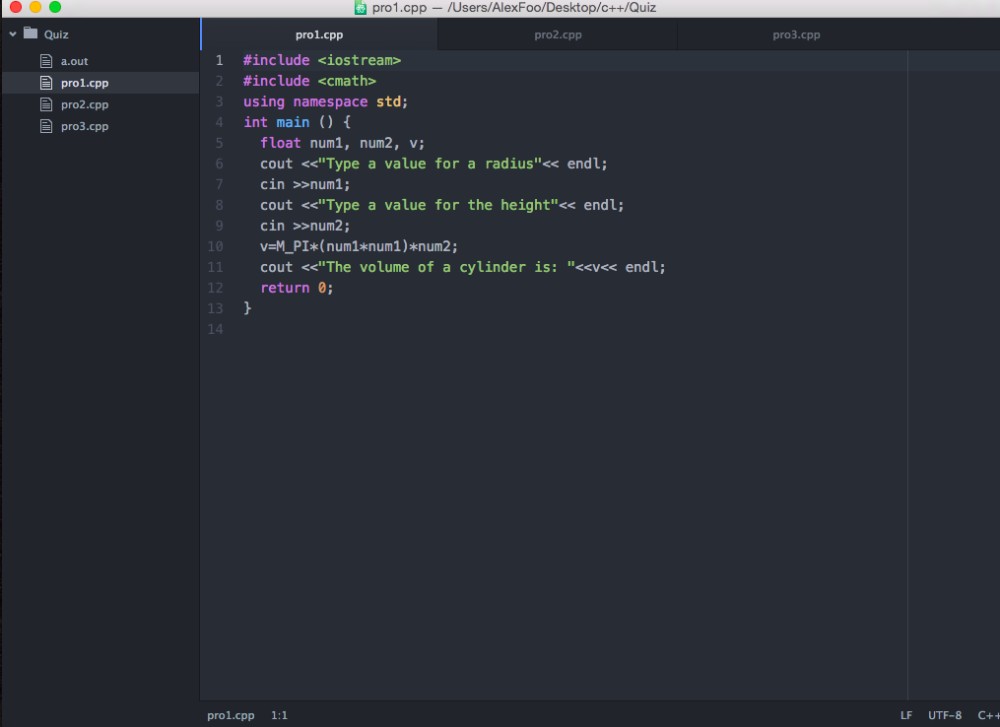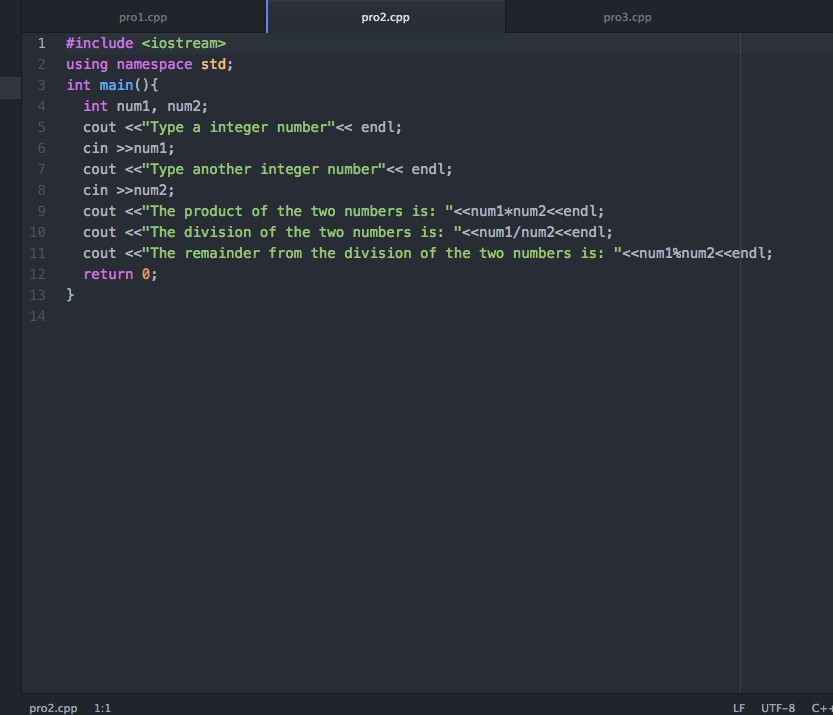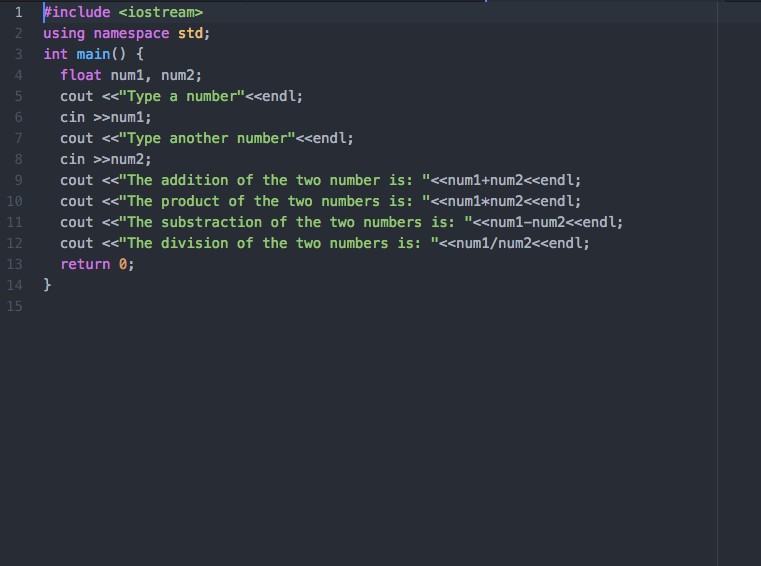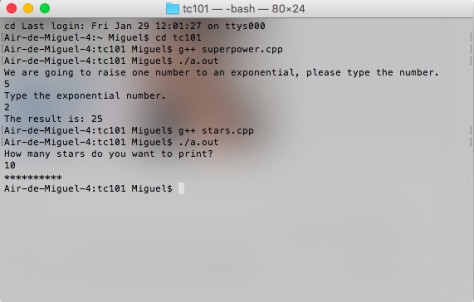Quiz 4
TC101 (Python Group)
Remember that this will not be graded but you should keep this sheet and your solutions as evidence of work. Email your answers to Ken today (so we keep a record of your code today) and also I recommend you post your code on Github and write on your blog as another blog post evidence.
Use your own computer to write the code. Remember that I trust you and you need to do this honestly to give yourself a good “measure” of your ability to this point. If you complete this later than today, then just complete as quick as you can.
- The number e is an important mathematical constant that is the base of the natural logarithm. It is approximately equal to 2.71828,[1] and is the limit of (1 + 1/n)n as n approaches infinity, an expression that arises in the study of compound interest. It can also be calculated as the sum of the infinite series.

Create a function called euler_calc with a single parameter precision. The value of precision is used to determine when to stop calculating. Your calculation will stop when the two consecutive values estimating e differ by less than precision (remember to use absolute value when calculating the difference between two values here).
En este quiz cree una función que se encarga de realizar el proceso para el numero de Euler, el programa recibe un valor dado por el usuario que se encarga de detener el proceso para determinar el numero.
Como primer paso pedí el valor al usuario para
